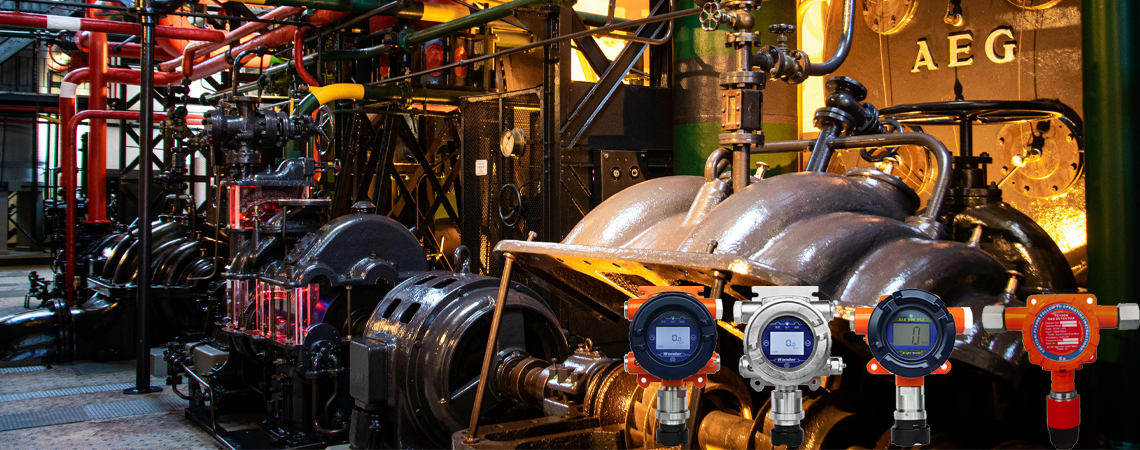Understanding Gas Detection Technology
Published on: 2024-08-01 Views: 522

The basic principle of a gas detector is to use a sensor that reacts to a specific gas, producing an electrical signal proportional to the gas concentration. This signal triggers an alarm or warning, notifying personnel to take appropriate action.
Gas detectors can detect many different types of gases, including combustible gases such as methane and propane, and toxic gases such as carbon monoxide and hydrogen sulfide. Each gas requires a sensor technology tailored to its characteristics. For example, catalytic bead sensors are effective in detecting combustible gases, while electrochemical sensors are more suitable for detecting toxic gases due to their high sensitivity and selectivity.
In recent years, advances in gas detection technology have focused on improving sensor accuracy, immediacy, and reliability. In addition, the integration of digital technology has enhanced data management capabilities. Modern gas detectors often have wireless communication options that enable remote monitoring and real-time data analysis.
As technology continues to advance, so too does the effectiveness of gas detection systems in identifying and mitigating gas-related risks, helping to make workplaces and communities safer.
